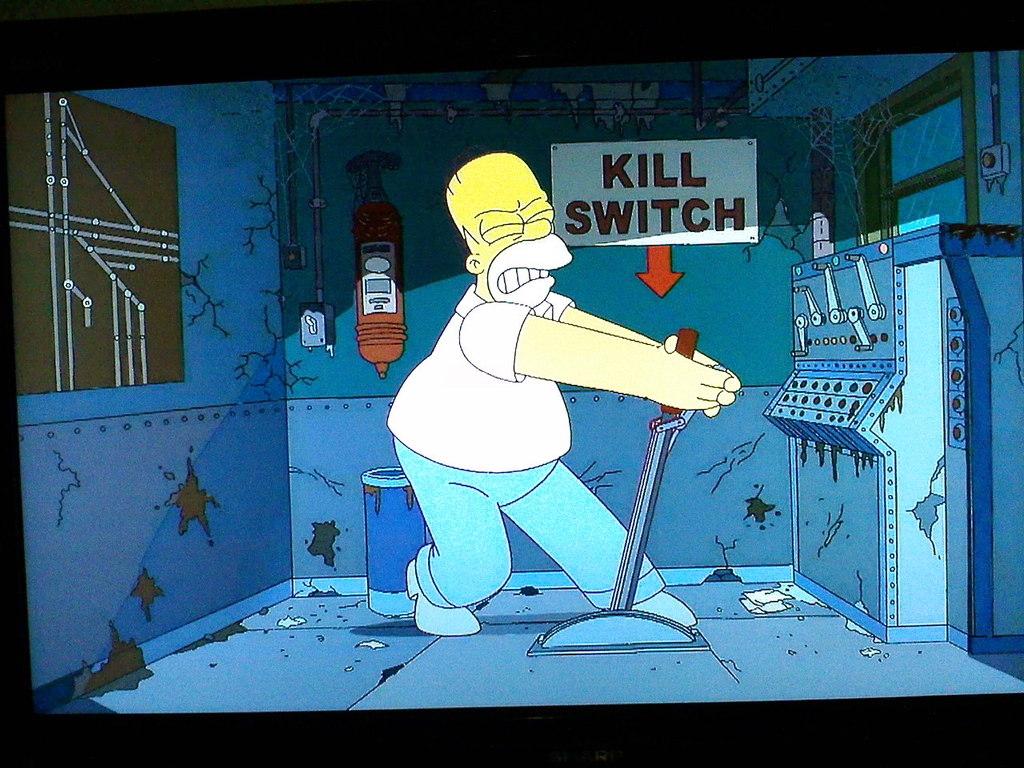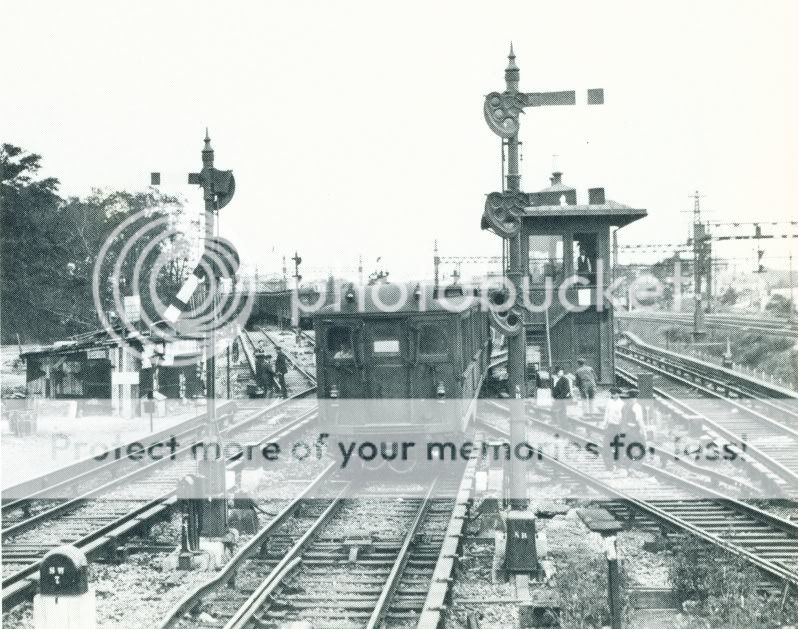The SEPTA Broad Street Line is notable for being one of the best examples of pneumatically powered signaling appliances in the form of point machines and trip stops. The whole line is equipped with such devices except for the Fern Rock shop and yard complex, which was subjected to a re-signaling project around 2005. Well I just caught word that due to a long term plan to rebuild the City Hall station, SEPTA will be installing bi-directional signaling between the line's WALNUT and FAIRMOUNT interlockings.
 |
| Single direction signaling at WALNUT interlocking. |
Since it was constructed in the late 1928 it has operated almost entirely with single direction ABS with a few isolated segments of bi-directional signaling within interlocking limits. SEPTA's plans to rebuild City Hall will take entire platforms out of service so the usual practice of closing either the local or express track will not be an option. As a result SEPTA is looking to install some bi-directional capability so the normally 4-track railroad can operate as a two track railroad between Walnut Locust and Girard stations.
It will be interesting to see what brand of signaling equipment SEPTA decides to go with and if they stick with pneumatic trip stops or convert to electric. After the MFL was re-signaled around 2000, SEPTA was able to bank a large amount of 1980's vintage pneumatic trips and A-10 point machines that have been slowly appearing on the BSL so there might be enough in stock to supply the project. Since the wayside signal system is likely to be replaced around when new rolling stock is purchased, this would save money on an ultimately short term change. On the other hand if someone else is paying, SEPTA could decide to rid themselves of a "troublesome" technology. There could also be a mix with the existing equipment left alone and only the new reverse direction signals getting electric. Regardless, I think I might take the time to get photos of whatever is currently in place.











